Risk Management and Public Policies: How prevention challenges monopolistic insurance markets.
Abstract:
Using a principal-agent framework, we extend the insurance monopoly model (Stiglitz, 1977) to self-insurance opportunities. We show that, using a two-part tariff contract, an insurance monopoly can achieve the same equilibrium than a competitive insurer. However, in the monopoly situation, the insurer captures all the insurance market surplus. Yet, compared to a monopoly market with insurance only, self-insurance opportunities act as a threat to the insurer, resulting in a cut of the insurer market power and an increase in the policyholders' welfare. Moreover, within our principal-agent framework, we show that while insurance and self-insurance are substitutes, compulsory self-insurance and compulsory insurance have non-equivalent effects. Although compulsory self-insurance reduces the market size of the insurer, it has no impact on the policyholder's well-being. On the other hand, mandatory insurance favors the insurer and makes policyholders worse off. The implications of these public policies are discussed.






